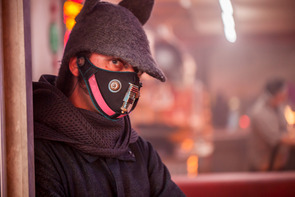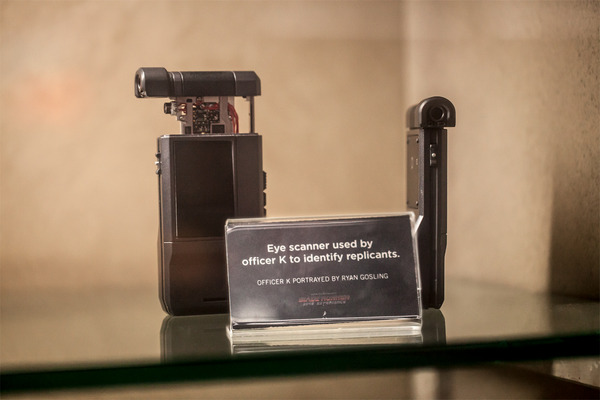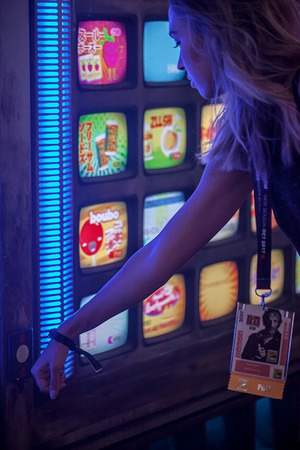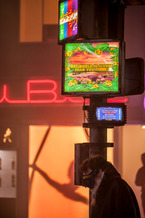What will our cities look like 30 years from now? What kind of technology will they use, and will EVERYTHING truly be connected? Many futurists believe they will. From automated cars to retinal scanning to allow you to use public transportation, many predict these technologies in the cities of the future are not too far away. This is all exciting, but it also leaves security professionals wondering about how truly secure this “smart city” of the future will be.
Perhaps one of the most acute ways we imagine the future is through Hollywood’s depiction of it, and one of the most anticipated films coming out this year is Blade Runner 2049. The film’s activation in downtown San Diego was also one of the largest attractions at Comic-Con International 2017. The activation recreates how the film’s creators imagine downtown Los Angeles in 2049. On the heels of our 30-year anniversary, we could not help but wonder how they see the city looking 30 years from now.
The activation starts with a VR experience that takes you on a ride in a flying car zigzagging through buildings in Los Angeles, and ultimately crash-landing on the street. Autonomous vehicles in the future? Yes, we think so! But flying cars winding through high-rises? That’s perhaps a long shot, but a lot can change in 30 years.
Next you enter into the city scene through the site of the crash, with LAPD officers accusing you of bad behavior, and creepy people giving you advice and also blaming you for things at the same time. Truly live theater at its best!



In the city scene, you are able to interact with a stationary iPad-like device intended as eye-scanning technology (pictured below), which checks if you are a “replicant.” Also, law enforcement officers use hand-held “eye scanners,” as they call them (pictured below). These types of biometric scanners are all around us and being deployed more every day. There are hurdles to adoption, but largely they are centered around privacy and lawful use determination (namely, when officials can use them). Interestingly enough, the retinal scanners can’t be tricked by taking high-resolution pictures of someone’s eyes and then showing them to the sensor (we tried), as the sensor picks up on the pulsing blood flow within the eye to determine if the eye is a pattern match and one that’s on a live subject. What people might create to fool these scanners in the future is beyond imagination, but people are clever.


Next was the vending machine experience (shown left). Basically, it’s a digital wall of your food-item pickings. Simply scan your RFID (Radio Frequency Identification) bracelet, and out comes an item. Will the vending machines we know today be replaced by something more high-tech in the future? Perhaps, and we are already seeing the proliferation of these smart vending machines. Any time something is connected, the possibility is there of using it for badness, unless specific steps are taken to mitigate that risk. Remember the Mirai botnet? That tells you everything you need to know about connected devices from a security standpoint. If the vending machine is storing payment account details or email addresses or some other info, there’s potentially more mayhem to be had than, say, with a connected toothbrush or washing machine, but probably less than with a surveillance camera, to place it in a spectrum sort of perspective. If the manufacturer designs it as a computer that receives payment, and sends and receives information, we hope someone considers how it might be protected.


In Blade Runner 2049’s city, no print signs exist: they are all digital, including prominent street signs with ads and other city information (pictured above). Will we see the days of static signs going away, all to be replaced with digital technology? Yes, we think so.
Overall, it is fun to see the imagination of Hollywood and its futurists in action. We just hope whoever is building the actual “smart city” of the future has cybersecurity in mind.
